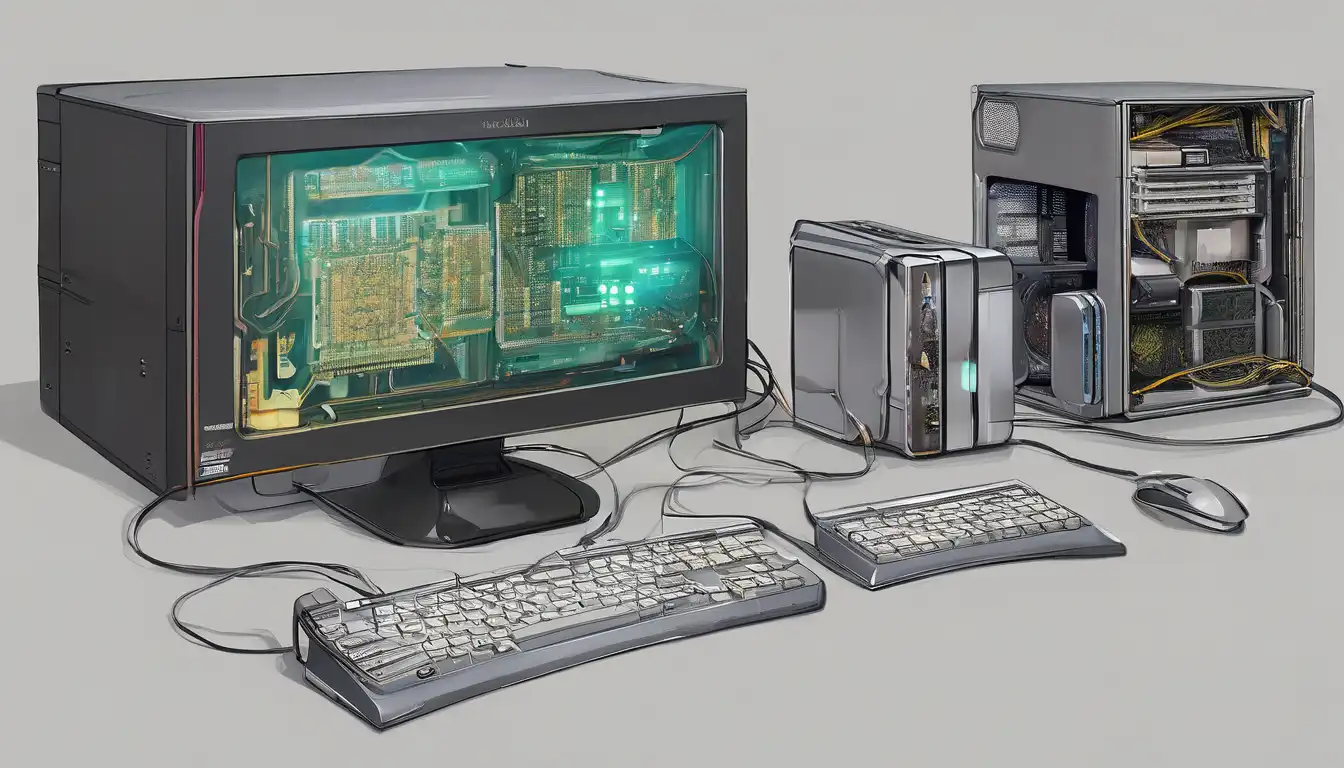Revolutionary Advances Transforming the Computer Hardware Landscape
The world of computer hardware is experiencing unprecedented innovation, with breakthroughs occurring at an accelerated pace. From quantum computing to advanced AI processors, the latest developments are reshaping how we interact with technology. These innovations not only enhance performance but also open new possibilities for computing applications across various industries.
Next-Generation Processors: Beyond Traditional Computing
Processor technology has evolved dramatically, with companies like Intel, AMD, and Apple pushing the boundaries of what's possible. The latest CPUs feature advanced architectures that optimize both performance and energy efficiency. Apple's M-series chips have demonstrated remarkable power efficiency while delivering desktop-class performance in mobile devices. Meanwhile, AMD's Ryzen processors continue to set new standards for multi-core performance, making them ideal for content creation and gaming applications.
Quantum computing represents the most significant leap in processor technology. While still in early stages, quantum processors are solving complex problems that would take traditional computers centuries to complete. Companies like IBM and Google are making steady progress toward practical quantum computing applications.
Graphics Processing Units: The AI Revolution
Modern GPUs have transcended their original purpose of rendering graphics to become essential components for artificial intelligence and machine learning. NVIDIA's latest RTX series incorporates dedicated AI cores that accelerate deep learning tasks. These advancements are crucial for:
- Real-time ray tracing in gaming
- AI-powered content creation
- Scientific simulations and research
- Autonomous vehicle development
The integration of AI-specific hardware within GPUs marks a fundamental shift in how we approach computational problems. This technology enables more sophisticated AI models and faster training times, driving innovation across multiple sectors.
Memory and Storage: Speed Meets Capacity
Storage technology has seen remarkable improvements with the advent of PCIe 4.0 and 5.0 SSDs. These next-generation storage solutions offer read/write speeds exceeding 7,000 MB/s, significantly reducing load times and improving system responsiveness. The latest DDR5 memory modules provide higher bandwidth and better power efficiency compared to previous generations.
3D NAND technology continues to evolve, allowing for higher storage densities while maintaining reliability. This progress enables larger capacity SSDs at more affordable prices, making high-speed storage accessible to broader audiences. The combination of fast memory and storage creates systems that can handle data-intensive tasks with unprecedented efficiency.
Cooling Solutions: Keeping Innovation Cool
As hardware components become more powerful, effective cooling becomes increasingly critical. Advanced cooling solutions have emerged to address thermal challenges:
- Liquid cooling systems with improved pump designs
- Phase-change cooling for extreme overclocking
- Advanced heat pipe technology for compact systems
- AI-controlled fan systems that optimize cooling based on workload
These innovations ensure that high-performance components can maintain optimal temperatures even under heavy loads, extending component lifespan and maintaining consistent performance.
Connectivity and Peripheral Advances
The latest hardware innovations extend beyond core components to include connectivity solutions. USB4 and Thunderbolt 4 offer unprecedented data transfer speeds and power delivery capabilities. Wi-Fi 6E provides cleaner wireless connections with reduced interference, while 2.5GbE and 10GbE networking become more accessible for home and office use.
Peripheral technology has also advanced significantly, with high-refresh-rate monitors, mechanical keyboards with customizable switches, and precision gaming mice featuring advanced sensors. These developments enhance the overall computing experience and provide users with more control and customization options.
Emerging Technologies Shaping the Future
Several emerging technologies promise to revolutionize computer hardware in the coming years. Neuromorphic computing, which mimics the human brain's neural structure, offers potential for more efficient AI processing. Photonic computing uses light instead of electricity for data transmission, potentially enabling faster processing speeds with lower energy consumption.
Advanced materials like graphene and carbon nanotubes may replace traditional silicon in future processors, offering better thermal conductivity and higher performance. These materials could enable smaller, more efficient chips that push beyond current physical limitations.
Sustainability in Hardware Innovation
Modern hardware development increasingly focuses on sustainability. Manufacturers are implementing energy-efficient designs, using recycled materials, and creating products with longer lifespans. These efforts reduce electronic waste and minimize the environmental impact of technology production. Energy-star ratings and eco-friendly certifications are becoming standard considerations for consumers and businesses alike.
The shift toward modular and upgradeable components allows users to extend the life of their systems rather than replacing entire units. This approach not only saves money but also reduces electronic waste, contributing to a more sustainable technology ecosystem.
Conclusion: The Future of Computer Hardware
The latest innovations in computer hardware technology demonstrate an exciting trajectory toward more powerful, efficient, and intelligent computing systems. As these technologies mature and become more accessible, they will continue to transform how we work, play, and interact with digital content. Staying informed about these developments is essential for anyone interested in technology, whether for professional applications or personal use.
The pace of innovation shows no signs of slowing, with research and development continuing to push boundaries. From quantum computing to sustainable design, the future of computer hardware promises even more remarkable breakthroughs that will shape our technological landscape for years to come. For those looking to build or upgrade their systems, understanding these innovations is key to making informed decisions about PC components and technology investments.
